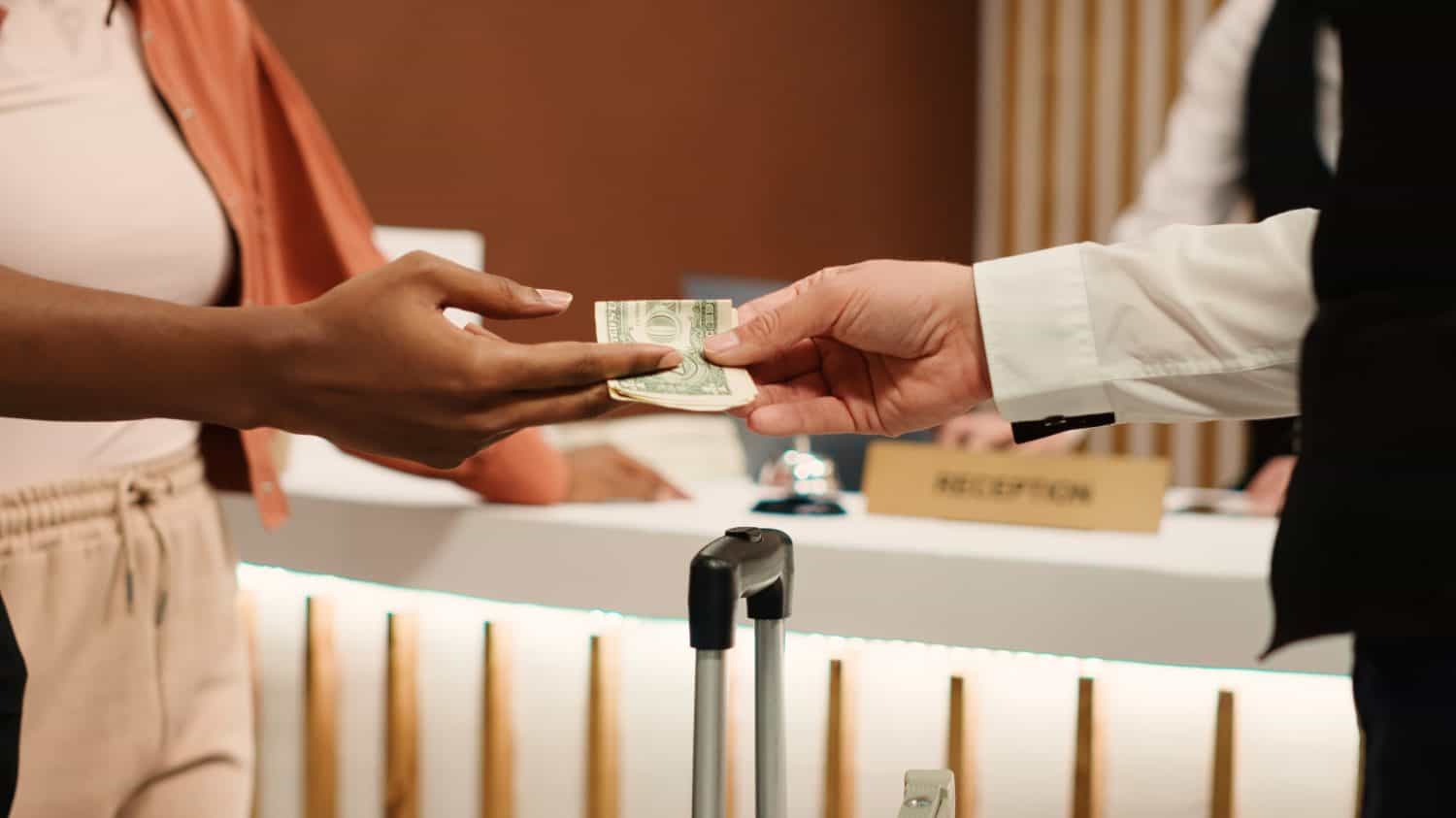Every country has its own unique traditions, customs, and practices. While many may not come as a surprise to other cultures, others seem completely baffling. The United States is no different. Compared to the rest of the world, the U.S. is a relatively newer nation, having been founded in 1776, less than 250 years ago, and the practices employed there may at times seem puzzling.
Other countries have existed for centuries and cemented many traditions that seem normal to the rest of the world. A perfect example can be found in sports. According to footballhistory.org, the sport of soccer (or football in almost every other country except the U.S.) has been in existence for more than 2,000 years. (Interestingly though, the coinage of the word soccer originated in England.)
To compile a list of American traditions that baffle the world, 24/7 Tempo reviewed several sources including Business Insider and Forbes. These traditions listed are only a fraction of what takes place in the country and while many of these listed here seem far from strange, many only make sense if you were born and raised in the U.S. Those who visit the U.S. or immigrate here often find those habits and practices listed here unusual. (For more cultural differences, check out these iconic American dishes that have become global favorites.)
Let’s hope the world doesn’t take notice of the Roadkill cook-off or the cherry-spitting competition.
Groundhog Day

Even though this holiday derives from the German tradition of using a badger to predict the weather, this absurd holiday is only celebrated in the U.S. on February 2. It has taken place every year since 1877 and after a long winter, Americans anticipate the potential good news the arrival of Punxsutawney Phil will bring.
According to lore, if Phil sees his shadow, there will be six more weeks of winter. If he does not, there will be an early spring. Because incredible advancements have been made in weather prediction, Groundhog Day has become a fun tradition, and most people realize it’s simply that – a fun tradition.
Tailgate parties

The most popular sport in the United States is football. No, not soccer, but football, or American football. This is a sport mostly unique to the U.S., and one way we participate in football activities is with tailgate parties. While fans in most countries simply arrive at a sporting event and take their seats, Americans choose to celebrate a little differently.
Many fans will rent parking spaces outside the stadium and arrive hours before the event begins. When tailgating, people often bring a camper, grill out, or even bring a TV along to watch the game from outside the stadium. Football isn’t the only U.S. sport that draws in tailgaters. NASCAR is also popularly celebrated through this activity.
Black Friday shopping
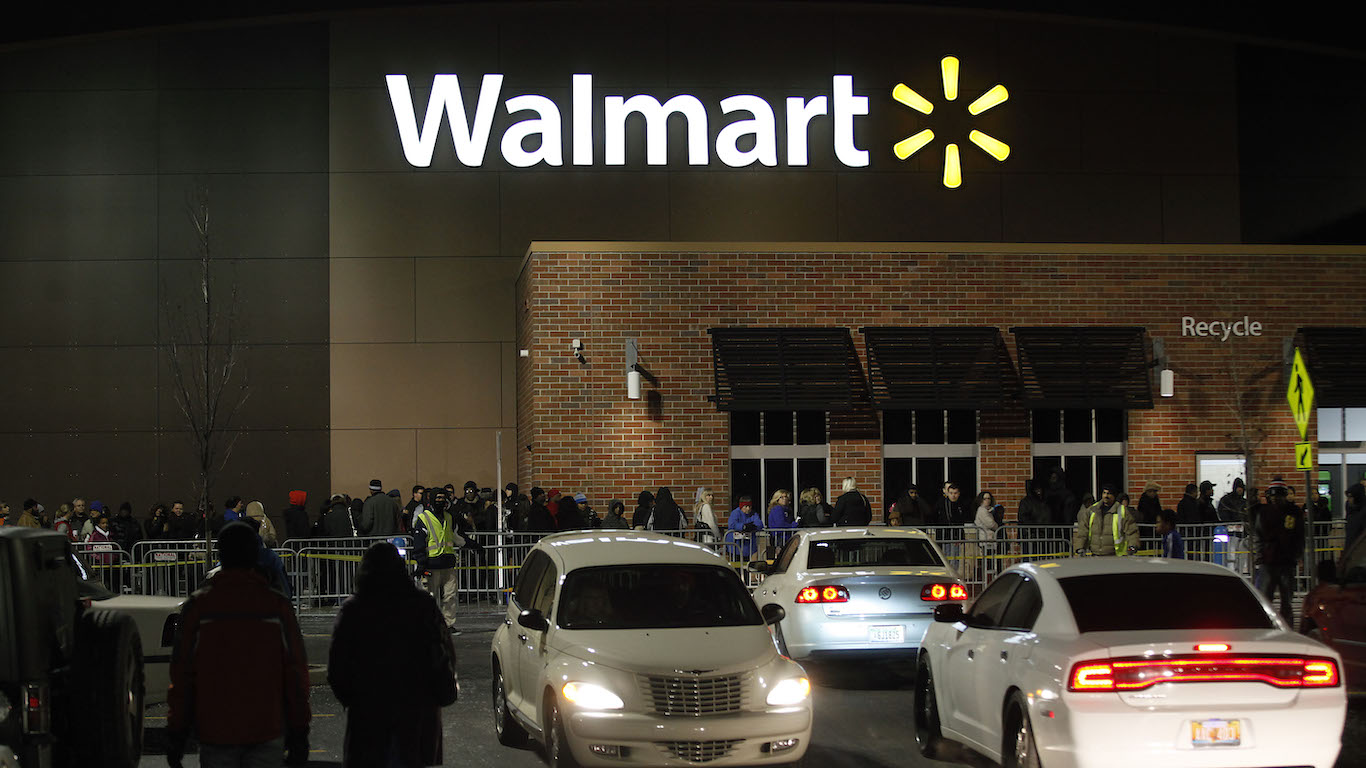
To foreigners, it appears that the U.S. commercializes all holidays and special events. They are probably correct. But it may seem even more baffling that Americans participate in the yearly shopping tradition known as Black Friday, a day that begins in the very early hours of the morning (and even 11 pm the night before) following Thanksgiving and line up outside stores in the hopes of getting products at amazingly low prices.
Since its birth in the United States, however, smaller, less intense versions of the holiday are practiced in other countries. This is largely tied to Cyber Monday, a tradition of online shopping deals that take place on the Monday following Black Friday. Other countries are more inclined to participate in Cyber Monday due to its online nature.
Tipping
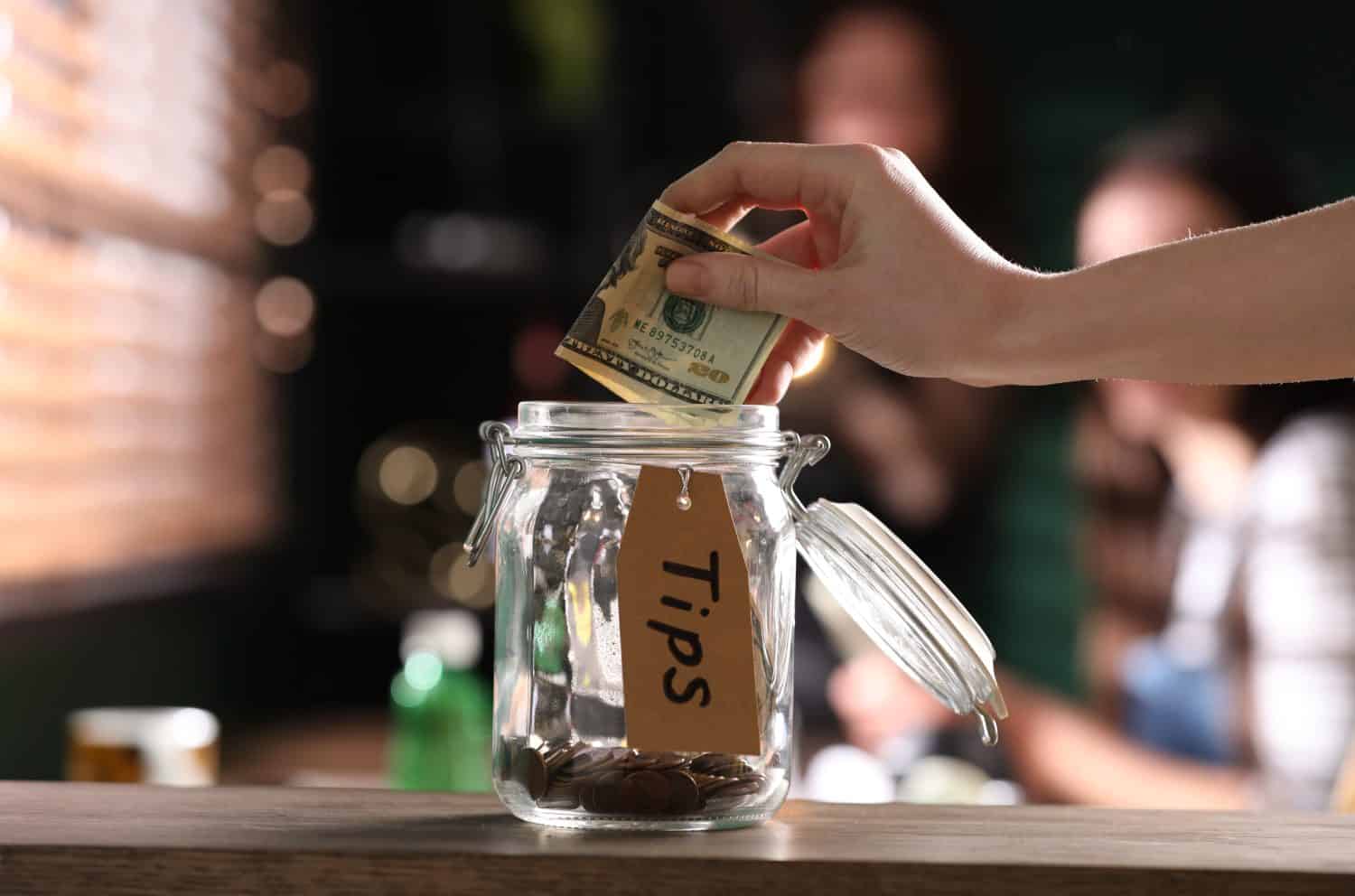
Tipping culture may not be unique to the U.S. but the way we tip, and how much, is a practice distinctive to our culture. The food service industry is rather notorious for paying workers an extremely low base salary, which makes gratuity an expected and helpful act. Additionally, Americans are often expected to tip for what seems like everything, which is not the case in other countries.
Got your hair done? That’s a tip for your stylist. Was it washed? There’s a tip for the shampoo person. Hired a moving company? Tip the movers. This is on top of already shelling out money for the cost of service. According to CNBC, workers in other countries don’t rely on tips due to a lower base pay. Gratuity in many other countries is simply a kind gesture or an optional act.
Calling the U.S. ‘America’

To a native citizen, the terms United States and America are used interchangeably. This is partly due to the country’s full name – The United States of America. But the U.S. is not the only America – there are the continents of North America, which has 23 countries including the U.S., and South America, which is comprised of 12 countries. It can be confusing if you weren’t born and raised here. To many foreigners to the U.S., our country is referred to as “The States.”
Free refills

Everyone loves free but it seems certain free practices are still only common in the U.S., like free refills. Fast food chains are especially known for this tradition, and it has come to be expected at many restaurants as well. When a fast-food restaurant branches out to other countries, it can be confusing – not all countries have the same policy and the price of a drink is typically just that – for a drink. Refills will cost extra.
Additionally, the BBC reports that France has placed a ban on free refills, noting that the country is trying to limit rising obesity that stems from sugary soft drinks.
Consuming large portions
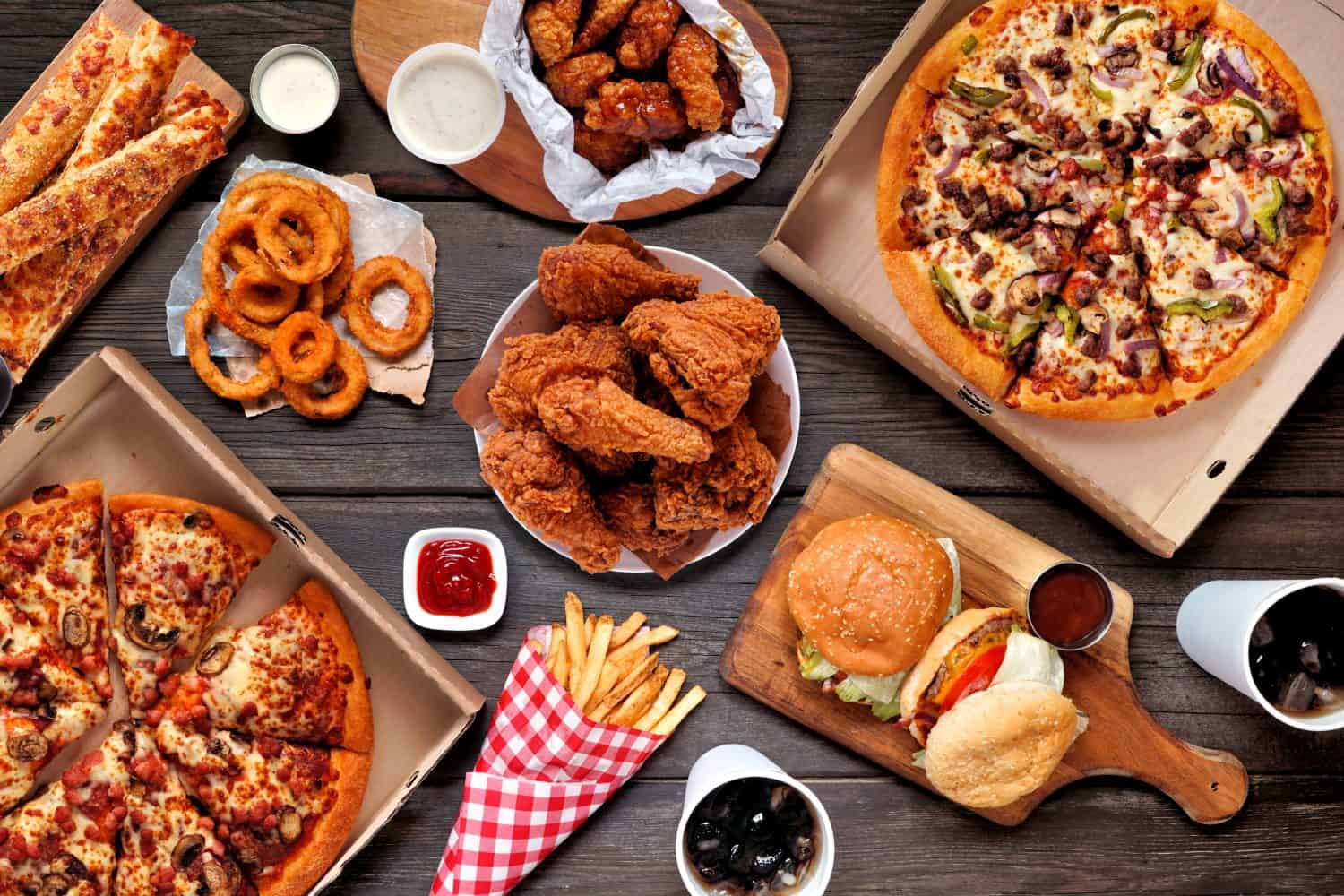
One of the more common views of Americans is that we consume food in extraordinarily large portions. This isn’t wrong. The fast food industry is notorious for serving rather immense portions to cater to Americans’ desire for value, coupled with convenience.
In the 1970s, fast-food marketers realized that Americans would consume more of their products if they offered a larger size at a value price. Today, the Daily Mail notes that the United States is still the country with the largest cup size in fast food restaurants. For example, a large McDonald’s soda in the United States is placed in a 30-ounce cup. In Japan, however, a large beverage is sold in a 20-ounce cup.
Taking coffee to go
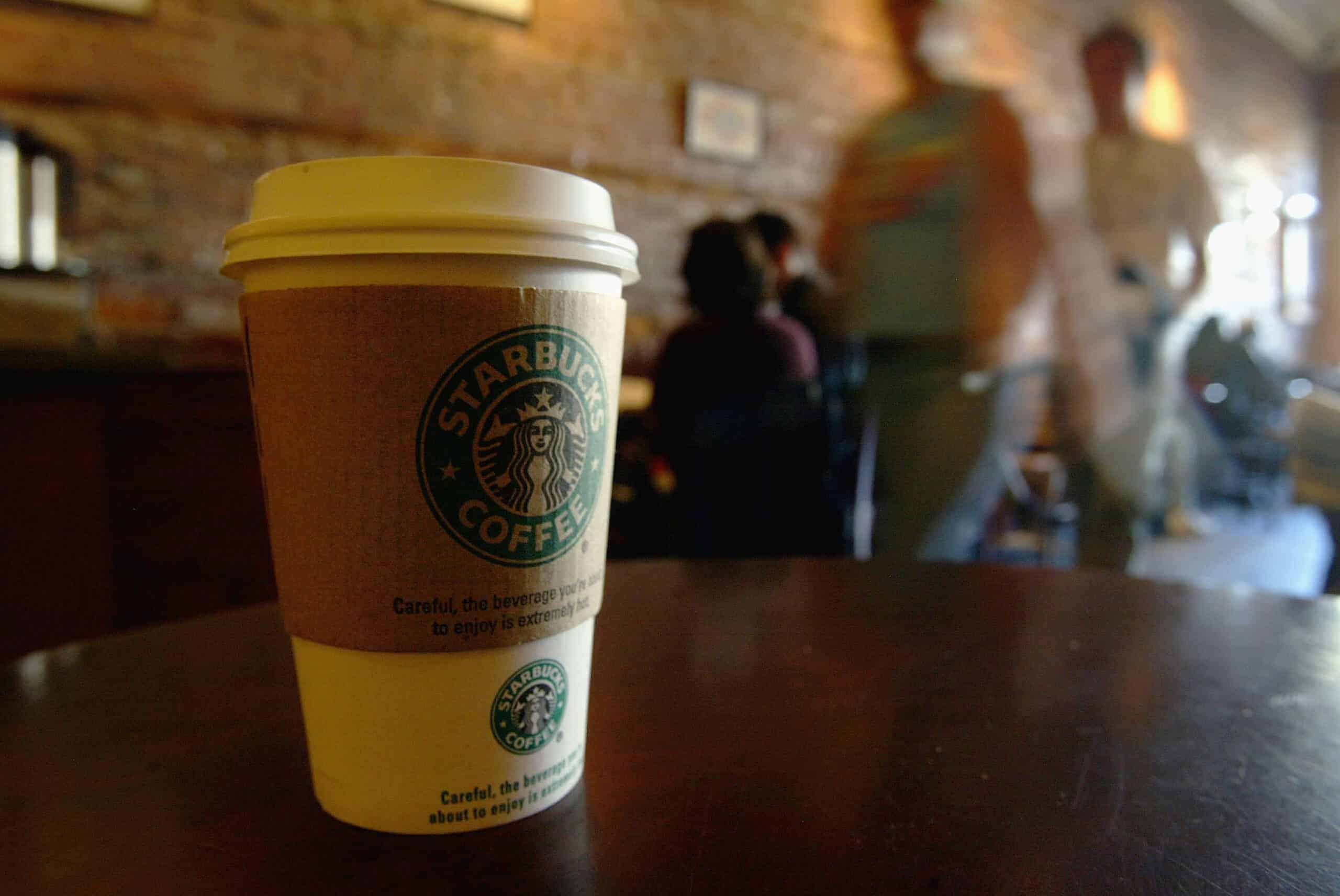
The world is aware that the United States is a nation of go, go, go. On the whole, the nation tends to move at a much faster pace than many other countries. Coupled with the familiar custom of free refills and larger portions is the practice of getting coffee in “to go” cups – large paper cups that can be taken away for those on the move.
In other countries, coffee is traditionally served in smaller portions and is meant to be slowly enjoyed. It’s also meant to be enjoyed with friends. When ordering coffee in Cuba, Argentina, or many European countries, you may find that your options involve simple shots of espresso rather than large lattes. Although certain nations with U.S.-based affiliates are starting to catch on to the to-go habit.
Placing the month first in dates

In the United States, our dates are written as month, date, and year. In almost every other country, however, dates are written with the day first, then the month and the year. This is especially true for European countries, so this dating difference can be quite confusing to foreigners traveling in the U.S.
Baby showers

Baby showers are another tradition that seems completely normal for those born and raised in the U.S. A practice that began in the 1950s as the nation experienced its “baby boom” era, it is a celebration where the expectant mother is often “showered” with gifts, food, and games to rejoice in her growing family.
However, in other countries, baby showers are not only not common but they are frowned upon. China and Ireland are just two nations where culturally it’s considered bad luck to celebrate a child before it’s born. A party will often be thrown after the child is born to celebrate the entire family. Additionally, in France, a child often isn’t celebrated until their first birthday.
Using the imperial system instead of the metric system

According to Statista, the U.S. is one of only three countries that uses the imperial system for measuring (Liberia and Myanmar are the other two). Every other country uses the metric system for measuring. This can be incredibly confusing as Americans measure in miles, feet, pounds, and ounces, and nearly every other country uses kilometers and kilograms. In the mid-1970s, Congress attempted a push to conform the U.S. to the metric system. This plan failed, however, leaving the U.S. to continue to be different when it comes to measurements.
Having little vacation time

A recent article from 20-Something Finance reveals that the United States is the most overworked, developed country in the world. In all other developed countries, vacations (or “holidays”) are required and expected. Several weeks of vacation are standard, whereas, in America, our vacation time is limited and often goes unused. This goes hand-in-hand with the U.S.’s struggle to manage work-life balance. This also comes into play when considering family medical leave or parental leave. The U.S. typically falls behind in giving paid leave.
The World Series

In 1856, baseball was officially coined the “National Pastime.” While it’s true that baseball has made its way to various other countries around the world, it’s most popular in the U.S. Because of its popularity, America is home to the World Series, a tournament of professional baseball teams that occurs each October that dates back to 1903.
Additionally, other countries often don’t understand why it’s called the World Series when it is a contest that one Canadian and 29 U.S. teams vie for.
Trick-or-treating

Halloween is a holiday that many children and adults look forward to every year. In the United States, that is. It is a holiday, officially celebrated on October 31, that sees both children and adults dressing up in costume, traveling from home to home to gather as much candy and treats as their bags can hold.
This is one of the many holidays that is seen as a commercialized American tradition, and it’s not recognized in other countries. Although it’s starting to catch on in many countries, Statista.com shares a map of the countries that practice this tradition, with the U.S. and Canada shown as the countries most known to celebrate it.
Giving a thumbs-up

Hand gestures can have many different meanings in other cultures or countries. For most Americans, one way to show positivity is to give a thumbs up. It’s a versatile signal that says “OK,” “Got it,” or “I’m good.” However, in other countries, a thumbs-up means something entirely different. In countries like Greece, Iran, Australia, and other areas of the Middle East, a thumbs-up means “up yours.” So be careful when using this hand signal in other areas of the world. (For related content, read what decoding body language and your gestures reveal.)
